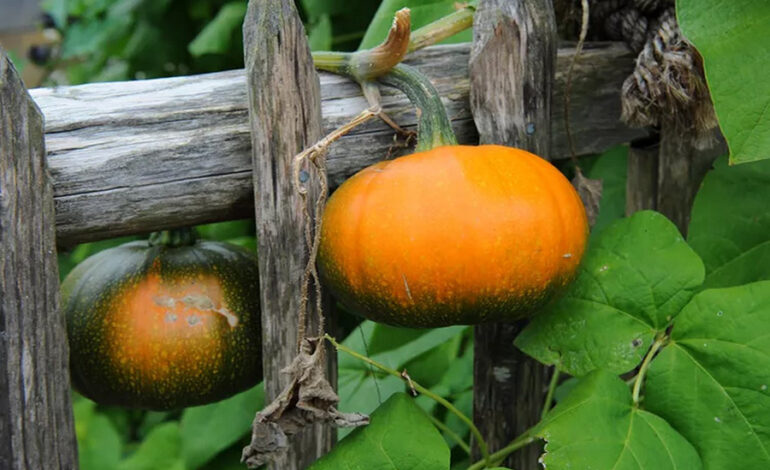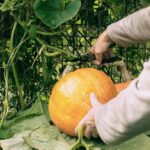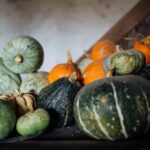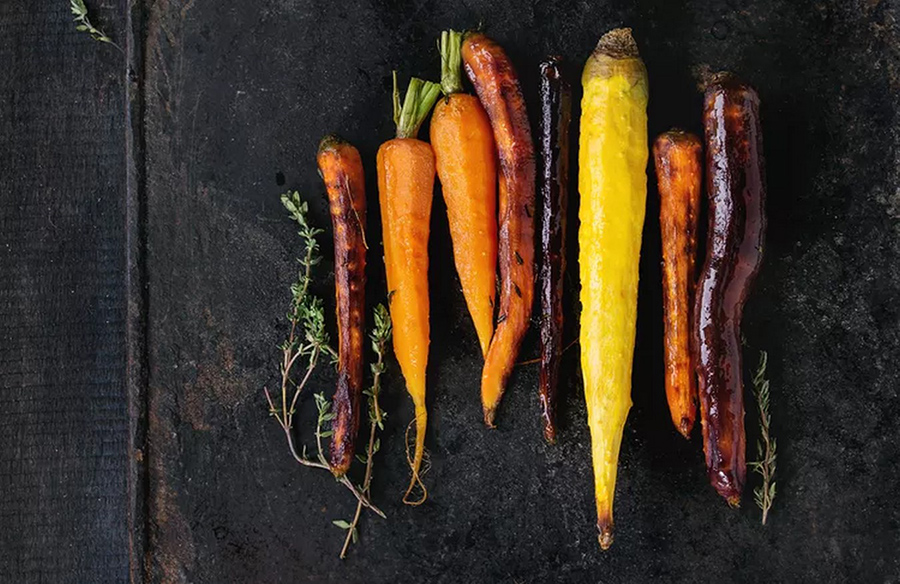Harvesting and Storing Winter Squash and Pumpkins

Understanding Harvest Timing
Determining Ripeness
Knowing when to harvest winter squash and pumpkins is crucial to maximize their flavor and storage potential. Visual cues such as color, glossiness, and stem condition provide valuable indicators of fruit maturity. Ripe fruits typically exhibit vibrant hues and glossy surfaces, with stems turning hard and beginning to wither. Additionally, gently pressing the skin should result in a slight dent without puncturing the fruit, while a hollow sound indicates readiness when tapping the fruit.

Tracking Growth Periods
Monitoring the growth timeline from sowing to harvest offers further insights into fruit maturity. While specific harvest times may vary based on variety and environmental conditions, understanding the typical duration aids in gauging ripeness. By aligning harvest timing with growth patterns, gardeners can anticipate optimal harvest windows.
Proper Harvesting Techniques
Ensuring Clean Cuts
Harvesting mature squash and pumpkins requires sharp gardening tools to cleanly sever the tough stems. Utilizing a sharp knife or garden shears minimizes damage and reduces the risk of introducing pathogens. Leave a few inches of stem attached to the fruit to prolong shelf life and prevent premature decay. During harvesting, inspect each fruit for blemishes or damage, reserving pristine specimens for long-term storage.
Curing for Storage
Enhancing Shelf Life
Curing is a vital step in preparing winter squash and pumpkins for extended storage. Placing harvested fruits in a warm, dry location facilitates skin hardening and moisture reduction. This process not only prolongs storage duration but also enhances flavor by concentrating natural sugars. While warmer climates allow for outdoor curing, cooler regions necessitate indoor or covered areas to prevent moisture accumulation.

Optimal Storage Conditions
Maintaining Quality
Proper storage conditions play a pivotal role in preserving the quality of winter squash and pumpkins. Ideal storage environments maintain temperatures between 50 and 54 degrees Fahrenheit, with humidity levels kept low to minimize spoilage. While indoor locations like pantries offer suitable conditions, it’s essential to monitor temperature and humidity levels regularly. By adhering to optimal storage parameters, gardeners can enjoy fresh squash and pumpkins throughout the winter months while minimizing waste.
Conclusion: Maximizing Garden Harvests
Preserving Garden Bounty
Harvesting and storing winter squash and pumpkins require attention to detail and adherence to best practices. By assessing ripeness cues, employing proper harvesting techniques, and implementing effective storage methods, gardeners can optimize the longevity and quality of their produce. With careful planning and diligent care, gardeners can savor the fruits of their labor well beyond the harvest season, ensuring that no garden bounty goes to waste.















